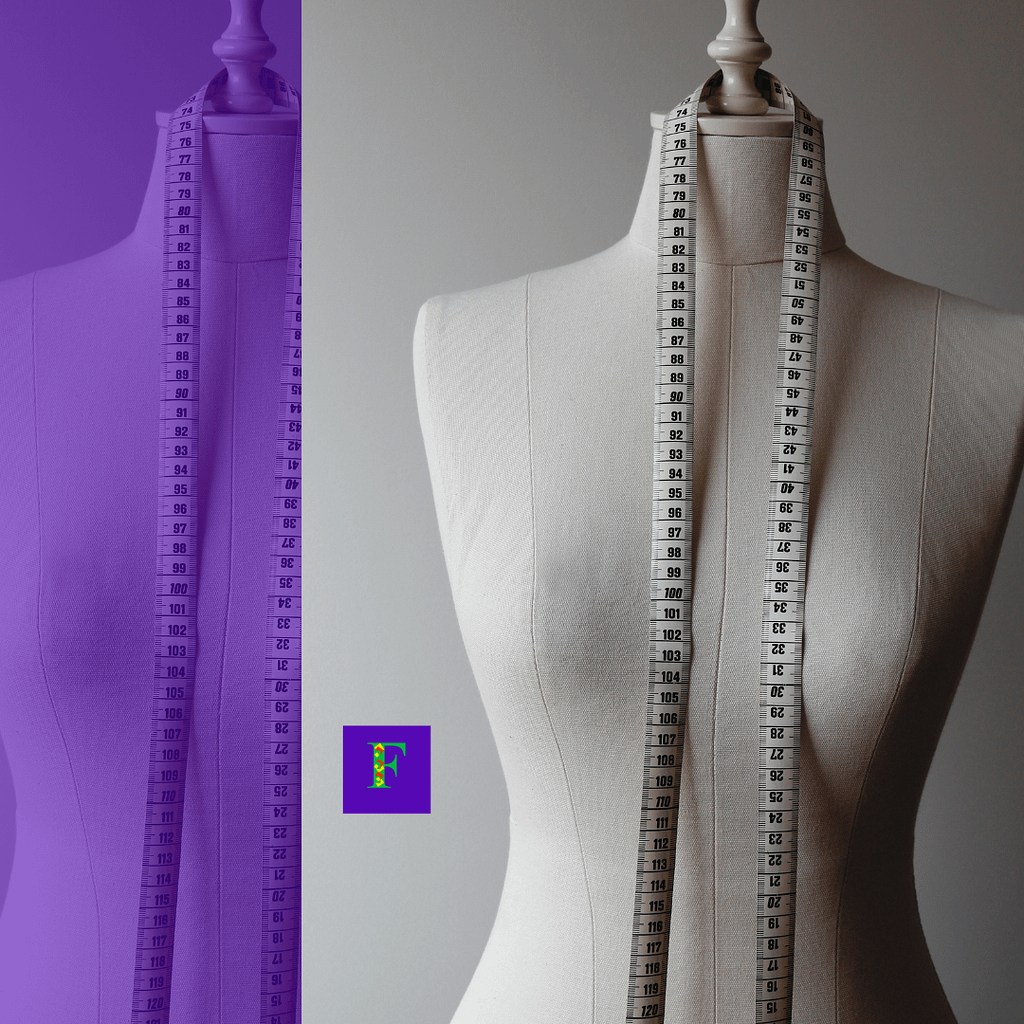
The Evolution of Women's Fashion: From Corsets to Oversized Confidence
Fashion has always been more than fabric — it’s a mirror of culture, power, and rebellion. The evolution of women’s fashion is not just a story of changing silhouettes, but of shifting freedoms, body politics, and a long-overdue breakup with the corset. From the steel bones of Victorian idealism to the comfort-first chaos of the 2020s, women’s clothing has walked a wild and winding path — and it’s not always been kind.
When Breathing Was Optional: The Corset Era
Let’s be real: corsets were never about comfort. They squeezed, lifted, and reshaped bodies into an ideal that was more about male fantasy than female autonomy. In the 18th and 19th centuries, corsets weren’t optional — they were foundational. A woman without a corset? Practically scandalous.
By the mid-1800s, Victorian fashion doubled down on the idea that a woman’s waist should be tiny enough to fit inside a man’s hands. This wasn’t just uncomfortable — it was dangerous. Organ displacement, fainting spells, even fractured ribs. That was the price of elegance. And society paid it without blinking.
The Roaring Rebellion: 1920s–1940s
Then came the backlash — and thank god for the flappers. The 1920s marked a sharp turn away from restriction, with boyish silhouettes, dropped waists, and short hemlines flipping off centuries of repression. Coco Chanel led the charge in Europe, but across the Atlantic, American designers like Clare Potter and Elizabeth Hawes were already weaving independence into every thread.
In the 1930s and 40s, Hollywood glamour tried to bring curves back — think bias-cut gowns and padded shoulders — but something had changed. Fashion was now a conversation, not a commandment. And women were finally answering back.
The Midcentury Control Complex: 1950s–1970s
Just when we thought we were out, the hourglass pulled us back in. The postwar 1950s worshipped femininity — but on strict terms. Christian Dior’s “New Look” reintroduced tight waists and full skirts, reviving corseted ideals under prettier packaging. American designers like Norman Norell followed suit, offering polished silhouettes for the suburban dream.
But under the pastel and pearls, discomfort lingered. By the late ‘60s and early ‘70s, that pressure cracked. The feminist movement, sexual liberation, and civil rights all collided — and fashion reacted fast. Diane von Fürstenberg’s wrap dress wasn’t just iconic, it was functional, freeing, and fiercely independent. For the first time, fashion and feminism were on speaking terms.
Power Suits and Anti-Fashion: 1980s–1990s
The 1980s gave us shoulder pads, bold prints, and a new breed of working woman. The “power suit” wasn’t subtle — it demanded space. American designers like Donna Karan and Perry Ellis built wardrobes for women climbing ladders in boardrooms, not ballrooms.
By the 1990s, fashion developed a split personality. On one side: minimalism, courtesy of Calvin Klein and Jil Sander. On the other: the grunge revolution, with oversized flannel shirts, ripped jeans, and a shrug toward mainstream beauty. Fashion was no longer about pleasing — it was about expressing.
Oversized and Unapologetic: 2000s to Now
Today’s oversized trend isn’t just aesthetic — it’s political. Baggy silhouettes reject the hyper-sexualized, body-conscious norms of the 2000s, when crop tops and low-rise jeans reigned supreme (and eating disorders skyrocketed). Now, women are reclaiming space — literally. Hoodies, wide-leg trousers, XXL blazers: it’s not about hiding the body, it’s about refusing to perform for the male gaze.
Designers like Rihanna (Fenty), Telfar Clemens, and Eckhaus Latta are breaking all rules — playing with gender, ignoring sizes, and designing for real bodies that breathe, move, and exist on their own terms.
Sure, fashion is still a business — and trends are still sold to us in slick campaigns. But the conversation has changed. Women are no longer dressing to fit the shape of society — they’re reshaping society through what they wear.
